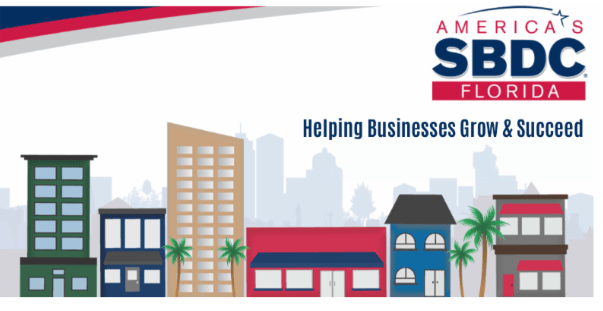
March 31, 2020
There was a new Stimulus Bill just signed to provide relief to small businesses. Here is what we know:
Small Business “Paycheck Protection Program”: New $349 billion lending program, modeled on existing SBA 7(a) program, with 100% government guarantee.
Maximum Loans: Generally, monthly payroll costs for 2 ½ months, not to exceed $10 million. Payroll costs exclude compensation paid to individuals, including the self-employed, above $100,000 a year.
Additional Small Business Provisions: $17 billion for SBA to cover six months of payments for businesses with current SBA loans.
Changes to SBA’s Economic Injury Disaster Loans (EIDLs): Loans can be made based solely on credit scores. Loans available to all non-profits, including 501(c)(6)s. Loans below $200,000 can be approved without a personal guarantee.
Loan Programs and Credit Facilities: $500 billion for loans and loan subsidies and support for Federal Reserve credit facilities
Business Tax Provisions: Employee retention credit for employers subject to closure due to COVID-19 (permits fully refundable 50% tax credit applicable to the employer’s share of payroll 5 taxes on wages up to $10,000 per employee; widely available with special rules for small employers).
Pension and Employee Benefit Requirements: Allow the Department of Labor to delay employee benefit related deadlines because of a public health emergency the same as declared national disasters or terroristic military actions.
Banking Relief, Mortgage Forbearance, and Credit Reporting: Regulatory relief from accounting standards for loan modifications related to COVID19 made by banks.
Temporary relief from CECL standards. During the covered period, a borrower with a Federally backed mortgage loan experiencing a financial hardship due, directly or indirectly, to the COVID–19 emergency may request forbearance on the Federally backed mortgage loan, regardless of delinquency status.
Payments & Relief for Individuals: Direct payments to taxpayers equal to $1,200 per individual ($2,400 joint return) plus $500 per child. Phased out for incomes above $75,000 ($150,000 joint). Penalty-free COVID-19-related distributions up to $100,000 and loan amount increases and modifications to individuals from tax-favored retirement plans. Waiver of required minimum distributions from retirement plans and IRAs for 2020. Tax exclusion for people who are receiving student loan repayment from their employer.
Unemployment Programs: Extend unemployment insurance by 13 weeks and include a four-month enhancement of benefits. Unemployment compensation is available for those not eligible for regular UI, including those who may have exhausted benefits.
Work Sharing Programs: States that have an existing short-term compensation program can get 100% federal reimbursement for their costs related to that program. States that enact a short-term compensation program after enactment will also be eligible for reimbursement. States without a law can enter into an agreement with the Department of Labor to begin providing short-term compensation payments.
Paid Leave Changes: Changes to the “Phase 2” Bill that was just enacted — Paid FMLA leave under FFCRA is capped at $200 per day and $10k in aggregate. Paid sick leave under the FFCRA is capped at $511 per day and $5,110 in aggregate; this amount drops to $200 per day and $2000 in aggregate for sick leave taken to care for a family member or because of a school closure. Workers who are laid off after March 1 but then rehired are eligible for paid FMLA leave.
State and Local Aid: Provides $150 billion to states and local government based on each state’s population for the purpose of funding unforeseen expenses related to COVID-19.
–The Florida SBDC at UNF
904-620-2476 | www.sbdc.unf.edu
